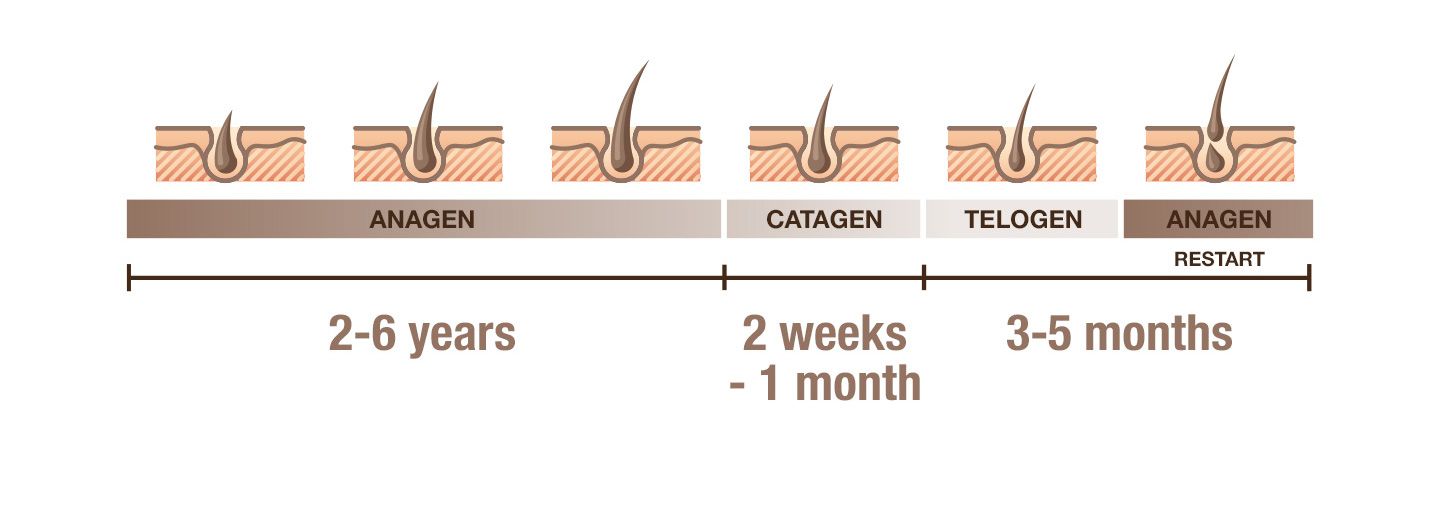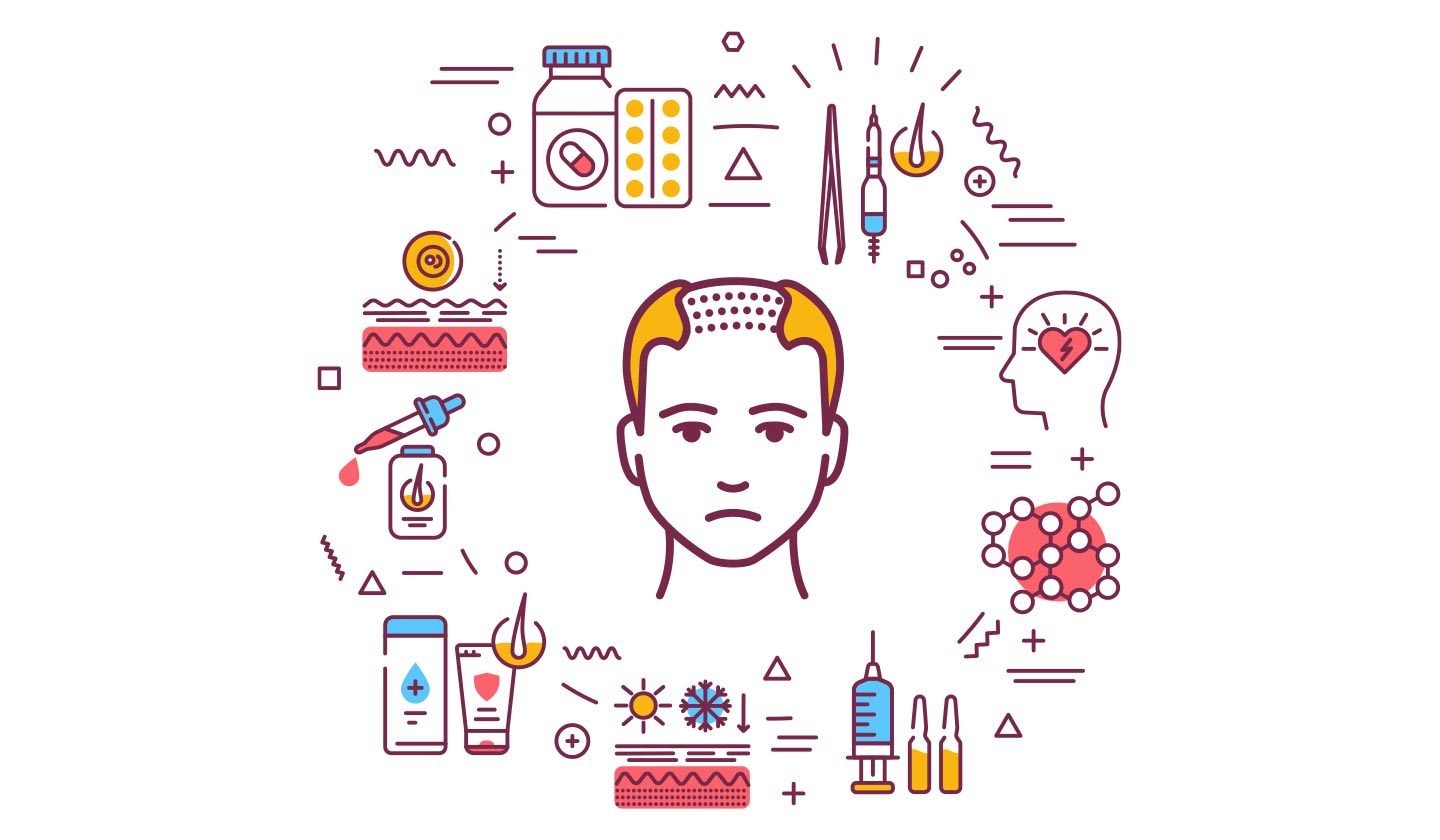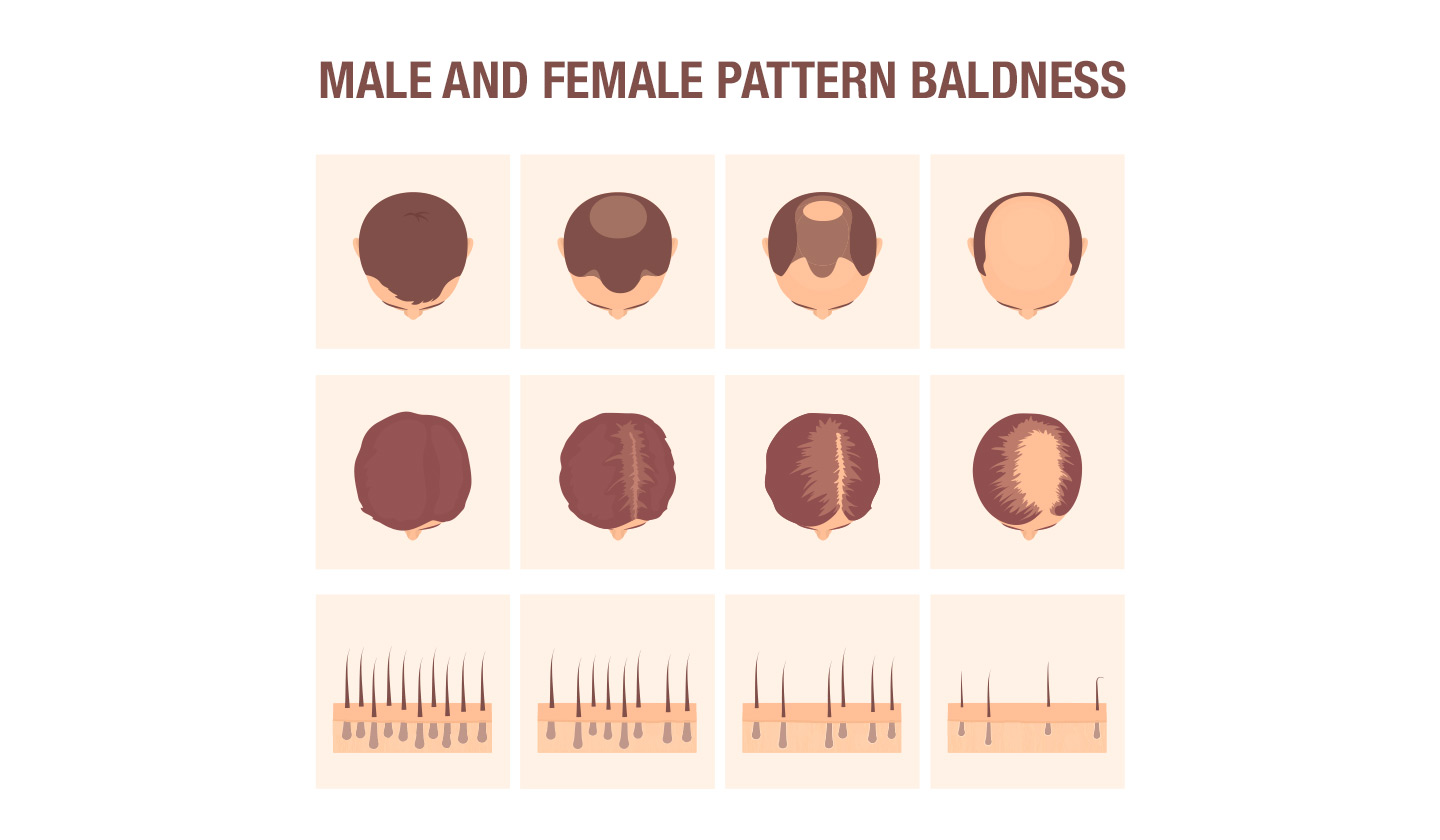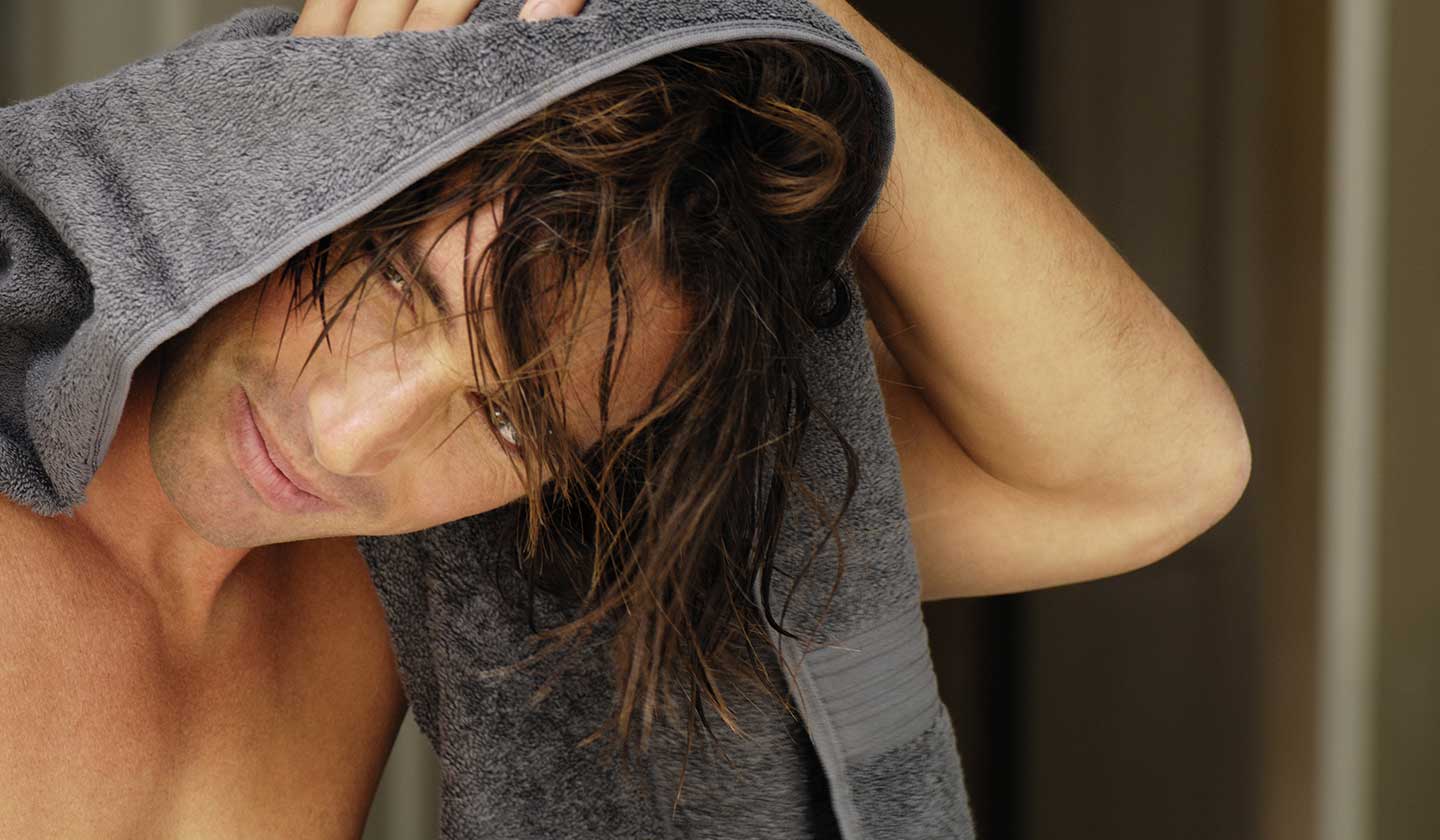Hair care
Alopecia - When hair falls out

We don't notice it, but hair falls from us every day. The problem is when it falls in excess. Find out how to stop and prevent hair loss by protecting your hair from damage and keeping it healthy.

In constant renewal
Of the 100,000 to 150,000 hairs that we possess, on average, we lose 50 to 100 every day. This is the natural process of hair renewal:
Anagenesis - active growth phase: lasts between two to six years. Around 90% of the hair is in this phase;
Catagenesis - transitional phase, when growth stops: it lasts one to two weeks.
Telogenesis - resting phase: lasts two to three months, after which the hair starts to fall out, pushed out, by new growing hairs.
These three phases coexist in everyone: at any given moment, there is always hair growing, resting and falling out.

When it's too much
Losing hair is, therefore, normal. But when the fall is accentuated it can be a sign of alopecia - an imbalance at scalp level, where there are more falling hairs than growing, jeopardizing hair renewal.
There are many factors that can contribute to transitory hair loss:
Hormones - pregnancy and taking oral contraceptives can influence hair loss in women;
Medications - such as some used for depression, heart diseases and cancer treatment, among others;
Diseases - such as diabetes, skin diseases, scalp infections or lupus;
Environment - such as excessive exposure to wind, heat, chlorine from swimming pools;
Friction - by the intensive use of adornments (elastics, hairpins), elaborate hairstyles and excessive brushing.
Chemical aggressiveness of some products used in hair hygiene and/or the use of inadequate products.
Inadequate and little varied diet, poor in proteins, vitamins and mineral salts.

Differences in Alopecia
Another factor that can contribute to alopecia is heredity. In this case alopecia is called androgenetic alopecia and affects men and women differently:
Men - the thinning of the hair, i.e. the decrease in the number of hairs, begins in the lateral areas, near the frontal region, or in the upper part of the head, continuing backwards, and may evolve into baldness.
Women - the hairs become thinner and scarcer all over the scalp, the fall can be accentuated at the front, sides or on the top of the head, but rarely progressing to baldness.
Stopping the fall
For some types of alopecia, medicines and health products are available at your pharmacy that act on the scalp, stimulating blood circulation and with it the active growth phase of the hair. Ask!

For healthy hair
The best thing is always to prevent it by using the most suitable hair care products:
- Get advice on the most suitable products for your hair type;
- Brush your hair before washing, preferably with a soft, natural bristle brush.
- Wash your hair with lukewarm water;
- Remove excess water before drying; use a hairdryer at a distance of 15 cm (6 inches) and at medium temperature;
- Avoid hair adornments (clips and clips) and hairstyles that cause friction to the hair;
- Restrain the use of dyes, perms and straightening;
- Protect your hair from external aggressions such as the wind and too much sun exposure: in the latter case use specific sun screens for the hair.
- "Feed" your hair: on the outside with appropriate products and on the inside by eating a balanced diet;
- Consult a dermatologist if you notice changes in your scalp or in the frequency of hair loss.
Sources
iSaúde
www.msdmanuals.com
Também lhe poderá interessar
Hair care
Hair Loss - The war is not lost, revitalisation is the key word
Hair care






